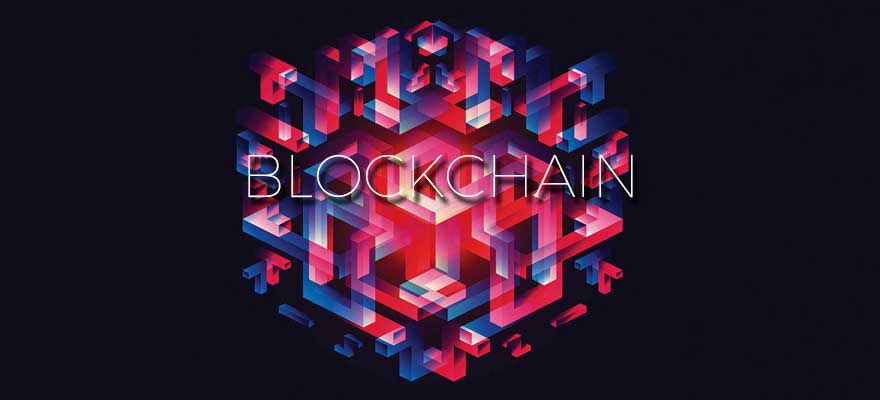According to a CoinDesk report, a plan by and some of the world’s other large banks to use the network as a method of complying with a new set of regulatory standards has been revealed. UBS is also known for heading the development of the Utility Settlement Coin, a cryptocurrency designed to transfer money from bank to bank.
The plan, which has been called the ‘Massive Autonomous Distributed Reconciliation Platform’ (also known as Madrec), has been created to ease the process of data reconciliation between UBS, , SIX, Credit Suisse, KBC, and Thomson Reuters. In the past, banks have used codes called ‘legal entity identifiers’ to complete their clients’ transactions, even if those clients do not have the codes themselves.
The new regulations, known as the Markets in Financial Instruments Directive, require all “eligible legal entities” to be assigned an identifying code. The regulations will go into effect in the on January 3rd, 2018.
Madrec will allow the involved firms to collectively store and access these codes and potentially other pieces of information related to their clients in the Microsoft Azure cloud. Sharing the data in the cloud eases the costs associated with individually storing data and performing independent checks, a costly and inefficient process in terms of time. While the future of the project is unknown, it’s possible that the system could become adopted by the entire banking industry.
In an interview with CoinDesk, Peter Stephens, the head of UBS’ research and development efforts, said that the project was created with the intention to improve the functionality of the industry as a whole: “It’s a sort of a ‘do no harm, make the world a better place’ thing. It does good for the regulators, we’re including the data providers as well, we’re not trying to disrupt them, and we’re including other banks.”
Improved Functionality, Efficiency, Security
Ethereum’s smart contract capabilities will make it possible for data reconciliation to happen nearly instantaneously, and the decentralized nature of the Ethereum network means that the costs associated with the maintenance of centralized servers will be reduced. Data stored on the will also be less susceptible to compromise due to hacking or other kinds of damage to a centralized server.
Stephens explained the way that the proposed system would work in detail to CoinDesk. Although the clients’ original data will be stored with the corresponding institution, an anonymized version of the data will be stored in the Ethereum , where it can be accessed by other institutions.
The project is currently undergoing a testing phase with 22,000 “non-sensitive reference attributes.” The first version of Madrec will reportedly be ready by the end of January 2018.





Be First to Comment